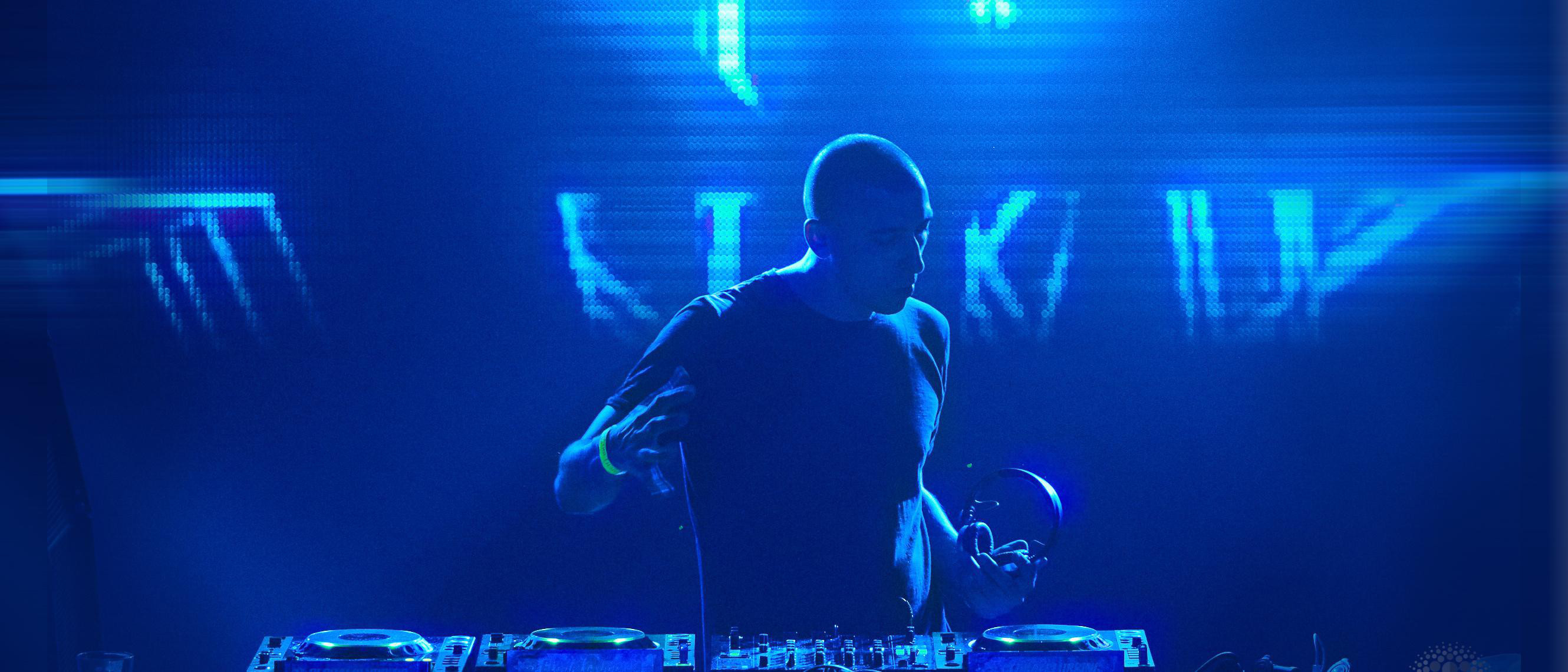Guitarist Michael Amott is best known for his groove-heavy work in the death metal arena (late-period
Carcass,
Arch Enemy), but the Spiritual Beggars provided an outlet for his retro hard rock impulses, and in the process became one of the stoner metal movement's best-kept secrets. Amott formed the Beggars in Halmstad, Sweden with bassist/vocalist Spice and drummer Ludwig Witt (who also played with ex-
Carcass member Bill Steer's stoner band
Firebird). The Spiritual Beggars debuted with a self-titled album in 1994, shortly after Amott departed
Carcass. A deal with
Music for Nations followed, and the Beggars made their bow on the label with 1996's Another Way to Shine. Released in 1998, Mantra III featured keyboardist Per Wiberg, who became an official member for 2000's Ad Astra. Two years later, the Spiritual Beggars put together On Fire for
Music for Nations. The Spiritual Beggars kept delivering the classic rock grooves on 2005's Demons, but found themselves unable to give the album a lot of tour support due to the members' obligations with other bands. The lineup saw a shakeup when vocalist Janne Christoffersson decided to leave in order to focus on his other band,
Grand Magus. He was replaced by
Firewind vocalist Apollo Papathanasio in 2010, and the band was finally able to get back into the studio after a five-year break. Later that year, the Spiritual Beggars released their seventh album, Return to Zero, on
Inside Out Music. The group toured Japan, Europe, and North America in support, and their appearance at Japan's Loud Park Festival was documented on the live album Return to Live: Loud Park 2010. The Spiritual Beggars returned with another set of '70s-style hard rock on 2013's Earth Blues, and 2016 saw the release of the ambitious Sunrise to Sundown. ~ Steve Huey, Rovi
